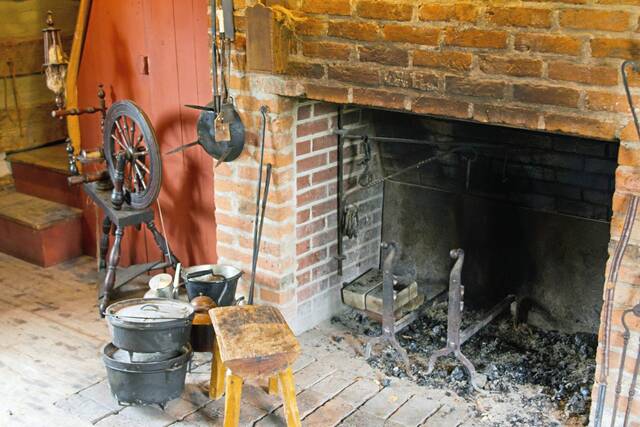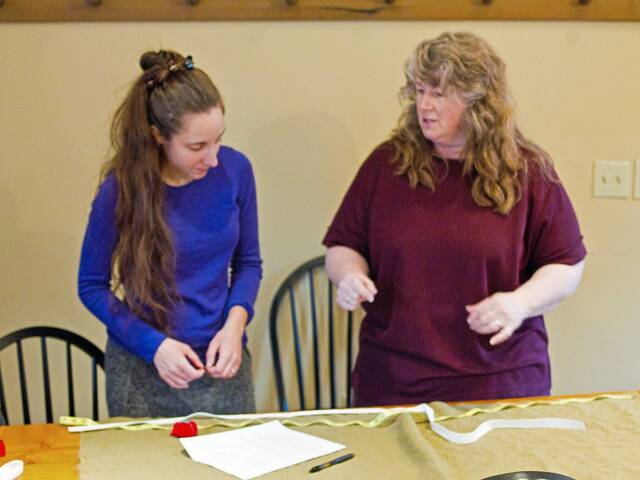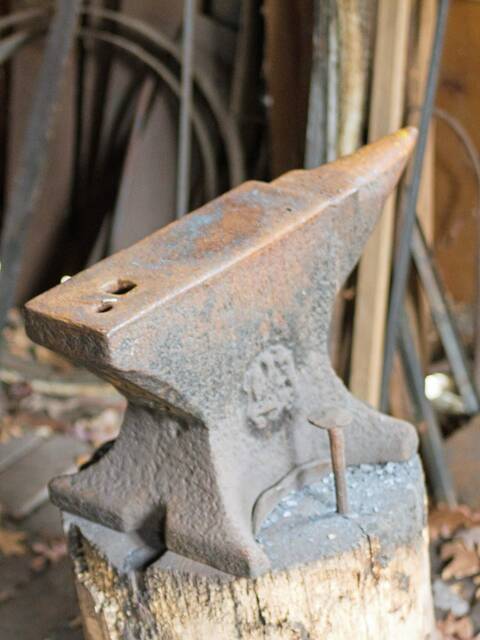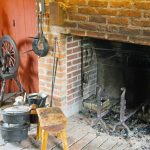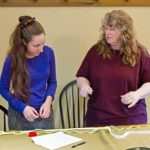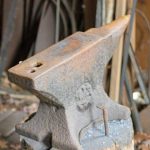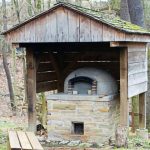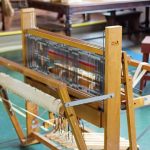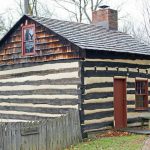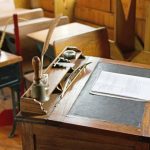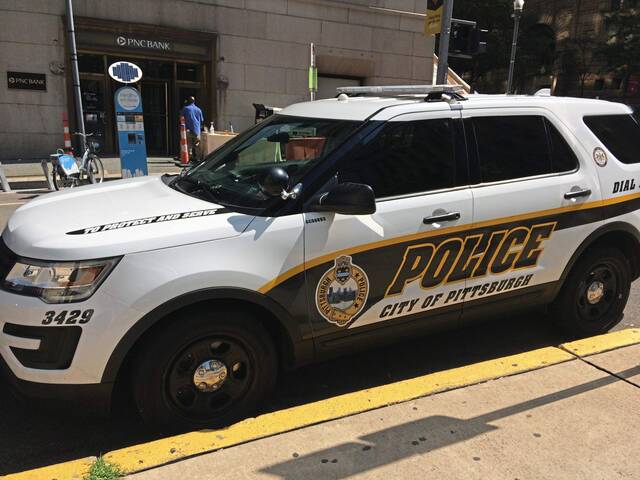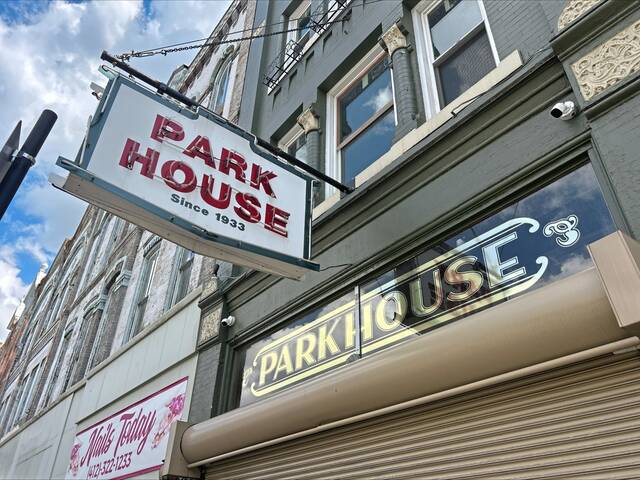What now is Hampton, believe it or not, once was in Connecticut.
That changed by decree of England’s King Charles II back in late the 1600s, and the geographic curiosity represents one of the fascinating facets of history you’re bound to learn at the Depreciation Lands Museum.
Rather than memorizing the small print of textbooks, you’ll hear about it from volunteers who continue to educate themselves on the subject in the name of accuracy. And they dress much like someone would have in the late 18th century, adding authenticity to the re-creation of the local village called Talley Cavey.
In preparing for Opening Day — circle May 1on your calendar, if it still is paper — a group of women gathered recently at the Hampton museum to update their wardrobes, working on short gowns and petticoats. Among them was Carol Greiner, president of the museum’s board.
“It’s a hidden gem here. There’s no doubt,” she said about the multiple-building enclave, located just off heavily traveled Route 8 and only about a mile from the even more heavily traveled Pennsylvania Turnpike.
Greiner has led many a Depreciation Lands tour, often starting with the centerpiece Pine Creek Covenanter Church building, which has stood at the site since 1837. Today, the former house of worship serves to a large deree as a textile shop, full of looms and wheels for classes led by members of the Butler Spinners and Weavers Guild and by the museum’s resident weaver, Karen Parsons.
In the days of Talley Cavey, the common flax plant served a vital function as the basis for producing linen, in turn the basis for most garments.
“Linen was the working-class fabric, because it grows in all climates,” Greiner said. “Cotton was imported from India through England. At the beginning of the Revolutionary War, they had just started growing it down South. So it was the rich man’s fabric.”
And by the way:
“It would take an acre of flax to make one shirt,” she said. “So when you got a new shirt for Christmas, it was very, very important.”
Even older than the church is what’s known as the Armstrong Log House, constructed around 1803. Originally located near the present Turnpike, the building was saved from demolition, moved to the museum site and rebuilt, log by log.
The focal point is its brick fireplace.
“We do cook on the fire every Sunday, typically whoever the docent is in this building that week,” Greiner said. “Some of us do cook a full meal, and then we share it with the volunteers after we close.”
The house has just one room, unless you count an enclosed loft that the museum uses for storage.
“Even functionally in 1803, when this was built, it was just for storage,” Greiner said. “There was no sleeping up there, because there was no heat. And you would literally roast in the summertime.”
A one-room schoolhouse stands nearby.
“It’s a replica of one that actually sat in Hampton Township, locally,” Greiner said. “We do 18th-century-style education, and we explain to people that there would not be glass windows.
“And there would not typically be a building for just a school. Back then, if you had a schoolmaster, you might be educated in someone’s barn or someone’s house if they were kind enough to lend that.”
Other museum buildings include a blacksmith shop, a popular destination for visitors to view demonstrations of an essential 18th-century craft, and a mercantile, where villagers could trade goods for other goods. A recent addition is a wigwam build by a Boy Scout for his Eagle project.
Now, about the museum’s name:
“The Depreciation Lands came about as a way for Congress to pay the soldiers for the Revolutionary War,” Greiner said, primarily as a result of currency becoming practically worthless. “By the end of the war, it took you 72 Continental dollars to pay for one dollar bought you at the beginning of the war, because there was no silver or gold to back it. The national Congress said to each state and commonwealth, figure out how to pay your soldiers.”
Greiner explained Pennsylvania’s solution.
“When you got out of the service, you were given a certificate stating how long you had served, what your rank was, and then you could take that to the courthouse in Philadelphia,” she said. “They would say, OK, you are entitled to 300 acres at a dollar an acre. It was making up the depreciation difference of the dollar bill.”
From today’s Hampton, that made for one heck of a trek. But it probably was preferable to attempting to reach Hartford, Conn.
For more information, visit dlmuseum.org.


